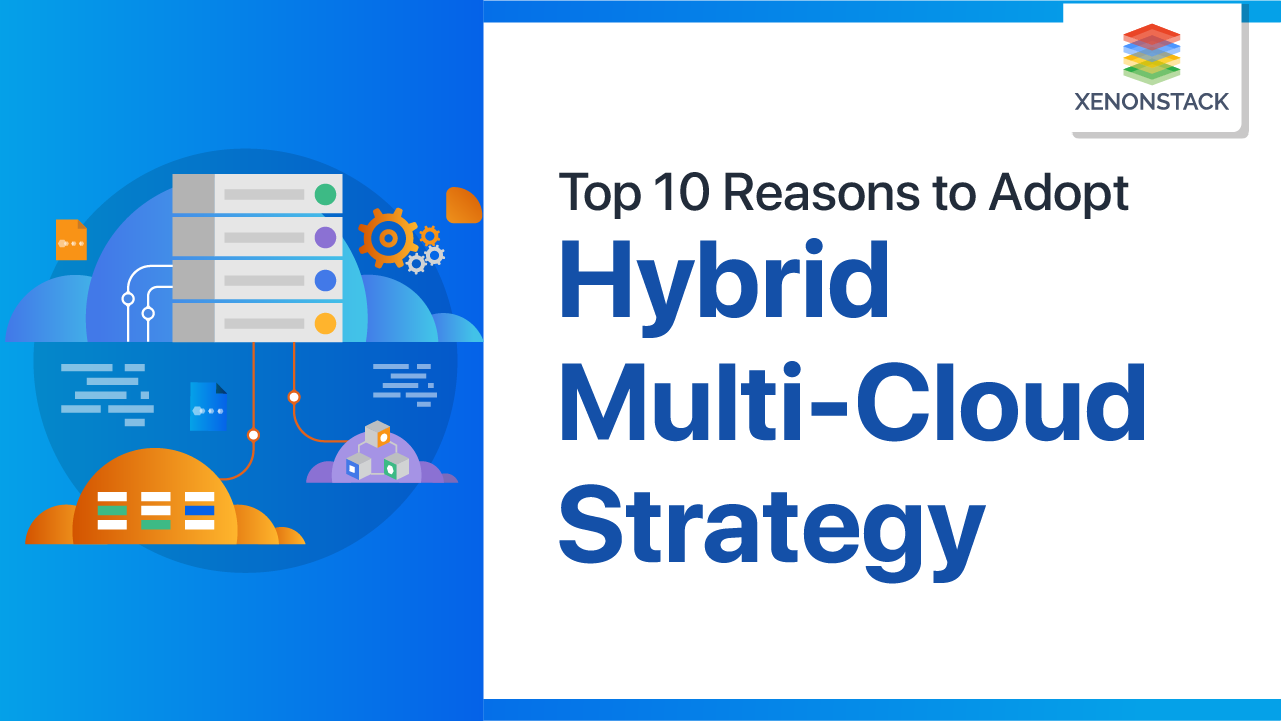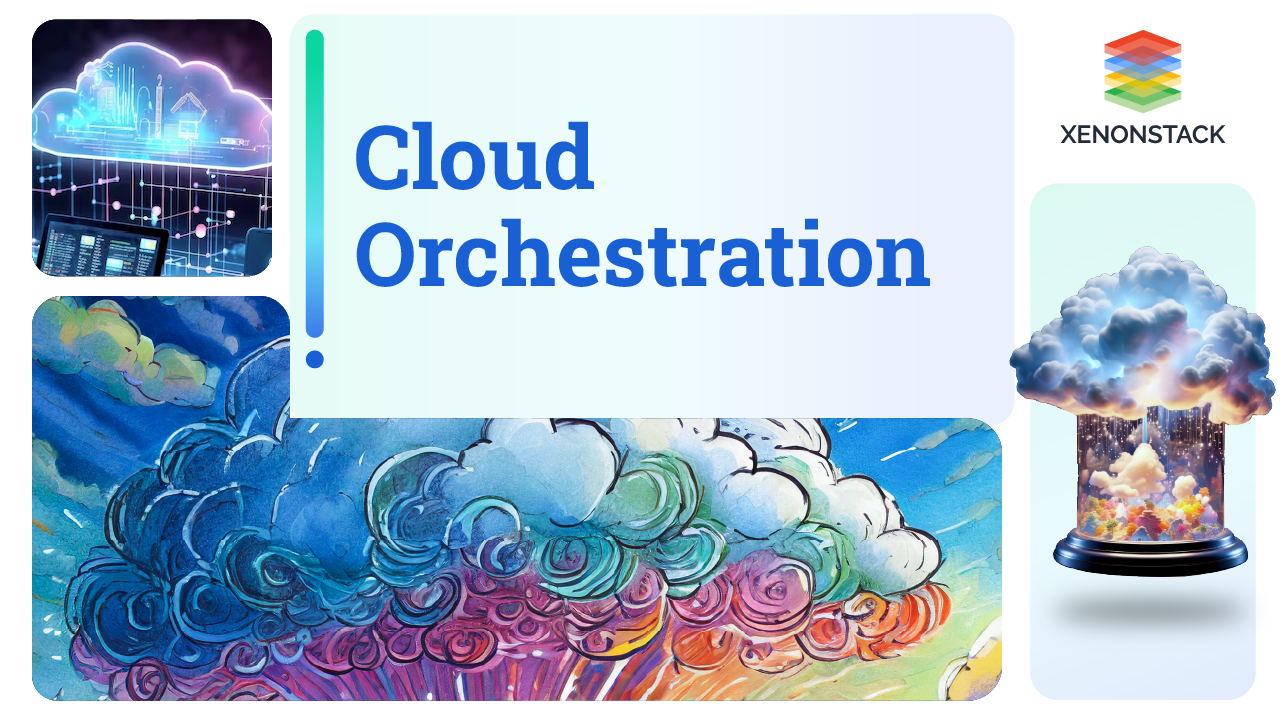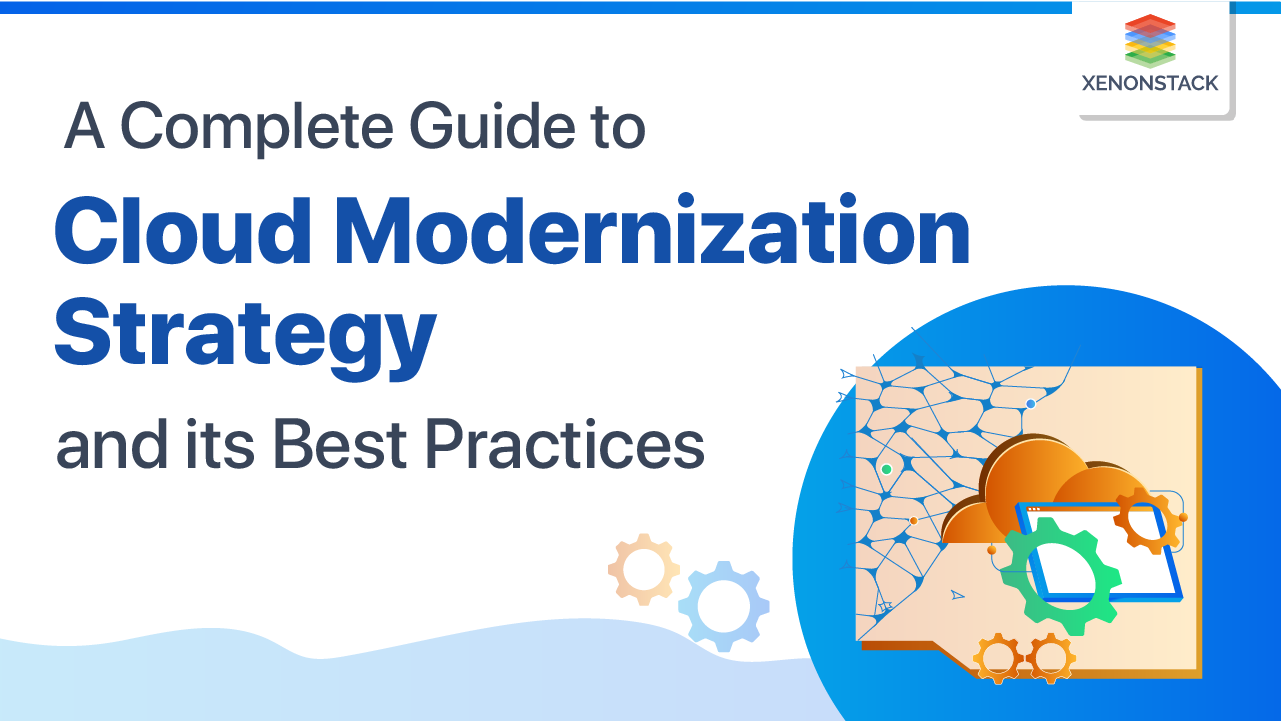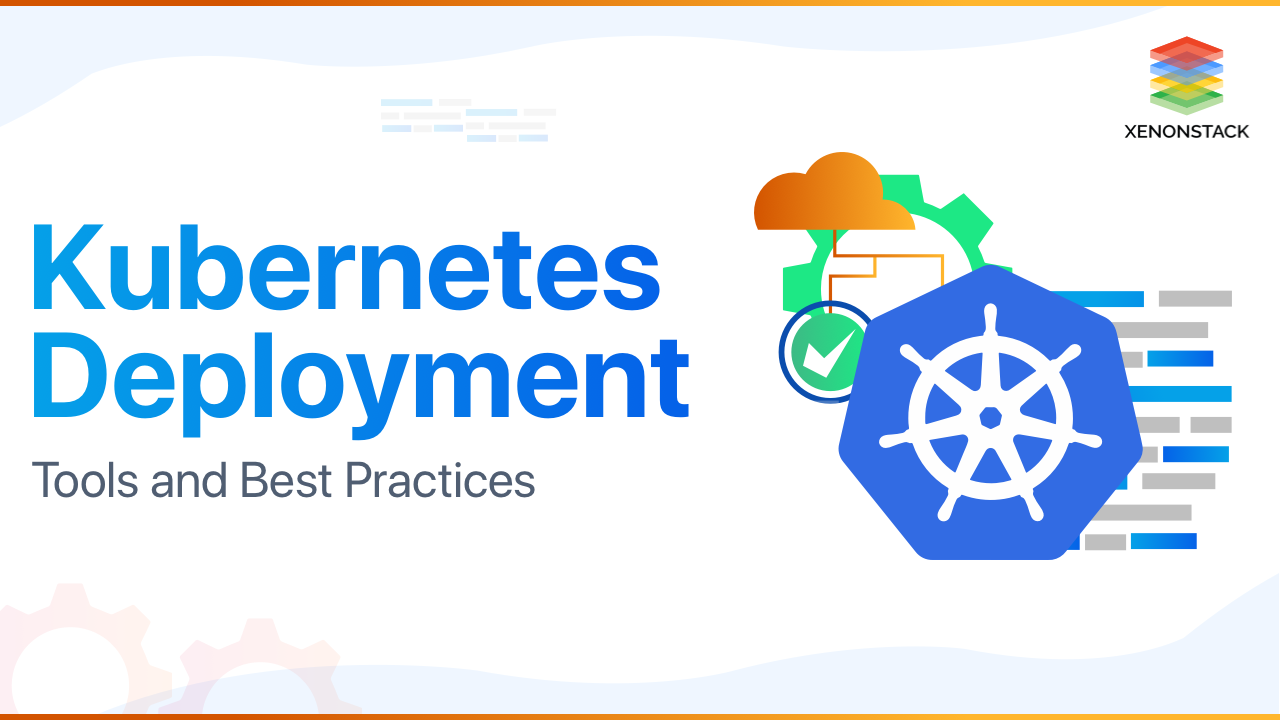
Introduction to Hybrid Multi-Cloud Strategy
As enterprises have finally started showing interest in the cloud platforms, accordingly, the strategies are improving, which are associated with cloud computing. This is why strategies like Hybrid Multi-Cloud Strategy are being trusted widely as they are reliable and efficient to fulfil the needs and requirements of the enterprises. At first, the enterprises were limited to a private cloud or were solely on-premise to manage their services. They used it because of a lack of reliability, but when they sought out the benefits related to other cloud computing strategies like its strategy, namely cost-effectiveness and secure management.
Limited public and private clouds were good enough. Still, they were not that efficient when looking at the bigger picture, so they want to opt for a more efficient and reliable strategy which is associated with cloud computing. From then, hybrid and multi-cloud strategies started getting recognized. With the help of its strategies, they have the upper hand in using the public cloud as well as have the power of the private cloud to provide immensely useful virtualized provisioning. Now they could associate multiple public clouds using Hybrid Cloud Storage Architecture with each other and also one or more public cloud with at least one private cloud.
A term used while using multiple Cloud Computing with all the storage services within a network architecture. Click to explore about our, Hybrid Multi-Cloud - Management
Top 10 Reasons to adopt Hybrid Multi-Cloud Strategy
In this section, we are going to list some of the most common reasons for what your enterprise also should adopt its architecture.Flexibility
The flexibility associated with the adopt its strategy came like a boomer in the market. The association of multiple cloud platforms be it public or private and even including the on-premise resources with them is helping the enterprises to set their standards straight which is directly increasing the quality of their work and decreasing the time taken with easy management.Centralization
The main reason to adopt Hybrid Multi-Cloud Strategy efficient data management from where every resource residing in multiple platforms could easily be managed through Cloud Orchestration, so that the overhead of shifting from one infrastructure to another in search of any data or resources could be limited. It could be labelled as the data management from where you could manage different services available on various cloud platforms.Integration
The security and provisioning associated with the private cloud while the flexibility of multiple services of public cloud and also the use cases of on-premise resources if providing the platform leverage over other strategies. Now, cloud services of various cloud providers could be used at once so that if anything resources need to be aligned with any different provider could be done effectively.Scalability
An enterprise with a Hybrid Multi-Cloud Strategy could attain the security features of the private and the addition of new features and applications to the resources from the public cloud very quickly now. It is not changing anything; the private or on-prem platform will still handle the sensitive data while the public cloud platform will handle the addition of new resources and features. It is just providing a common ground to all the features of all platforms.Multi-cloud is when the application is hosted with multiple cloud platforms, and each delivers a specific service. Click to explore about our, What is Multi-Cloud and Hybrid Cloud?
Risk Management
Hybrid cloud has the potential to have proper effective risk management. At times when things are not working in the way they are supposed to be working, that time risk management plays a crucial part in determining which functionality or resource to run and function, which data and resources to save and so on. No data and flow of the work should get affected by any source.Cost-Effective
The pay as you go models of public cloud providers help the hybrid multi-cloud platform to maintain and manage all the resources efficiently. Thus, an enterprise will have the upper hand in planning the budget and managing the resources within the same when using the public cloud.Less vendor lock-in
Multi-cloud feature of minimizing the vendor lock-in to a specific public cloud provider gives the hybrid multi-cloud platform a boost in terms of speed to market and managing the cost-effectiveness. Now enterprise could have a choice when planning to settle the resources in different cloud providers as this is a strong reason for what organizations should adopt its strategySpeed to market
The speed associated with it is immense. The association of multiple cloud platforms could help in managing the resources independently but yet interconnected through the feature of centralization so that the funds should not be getting affected when things are not working out in any other cloud platform. Since it uses Hybrid Cloud File System, which makes delivery of the product is very fast in a hybrid multi-cloud.Business Continuity
Every enterprise's biggest nightmare is non-working platforms, but this is not it, they are more concerned about the workflow that was in the continuum. So for that, the business continuity attached with its strategy plays a crucial part. It is not limited to only taking the backup of the resources data but also covers the disaster management, which states no matter what happens, the workflow/dataflow should not get affected by any means.Promotes Innovation
Adopting Hybrid Multi-Cloud Strategy helps the enterprise in testing various tasks on different platforms. This is how the cost-effectiveness could be examined as well as the ease of performing and managing any task. Helps in even building up the prototypes for providing a better and clear picture that could be achieved if done through the respective cloud providers platform.
It opts for multiple public cloud platforms while also having the on-prem and private cloud infrastructure getting managed side by side. This is the most prominent feature and the reason by which you can get convinced and plan to opt for this particular strategy.

Conclusion
If your enterprise is planning to adopt Hybrid Multi-Cloud Strategy for their work, then the future is full of great opportunities for them. Everything has its pros and cons, so does it have, but the functionality and features that this strategy adheres to are not comparable to any other plan available. If you look at the current context, almost 70% of the enterprises around the world have already opted cloud computing in their infrastructure, and they started functioning upon it, so there is no coming back. So for that opting for the right strategy will provide you with the ‘right’ solutions to the problems.
- Discover about Multi vs Hybrid vs Hybrid Multi-Cloud vs. Private Cloud
- Click to know about Managed Hybrid Multi-Cloud Service and Solutions


